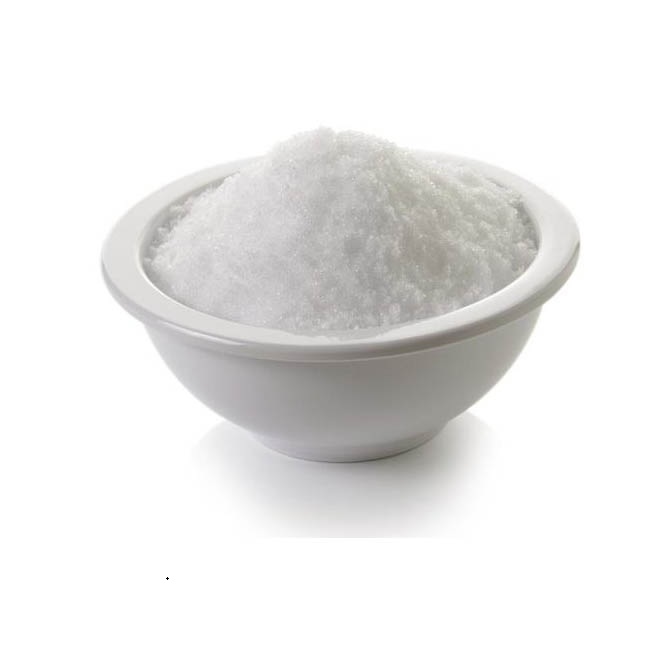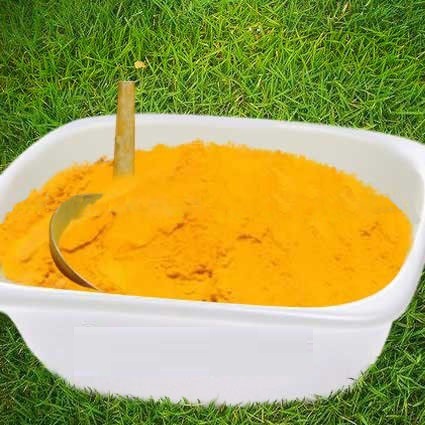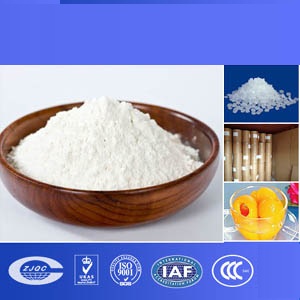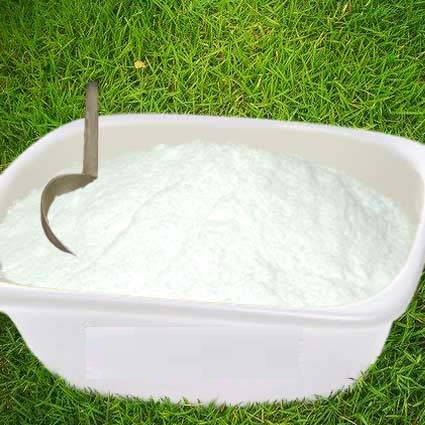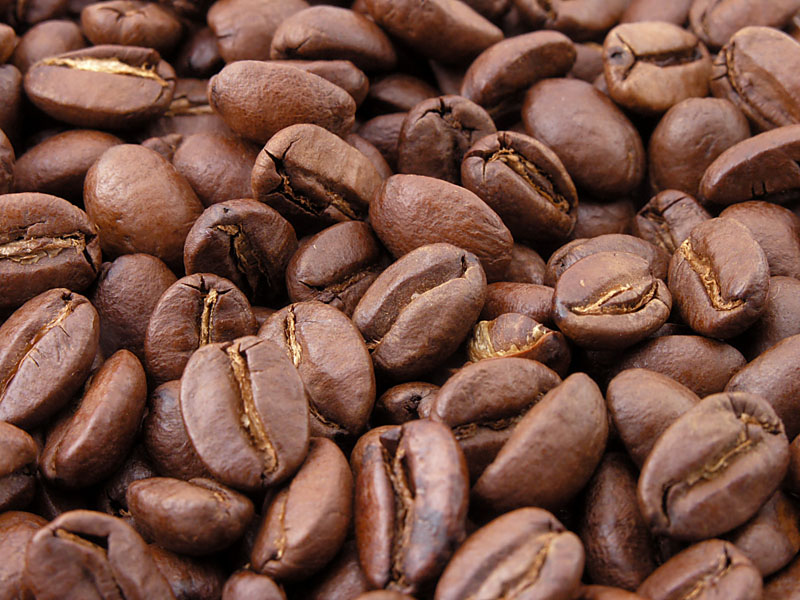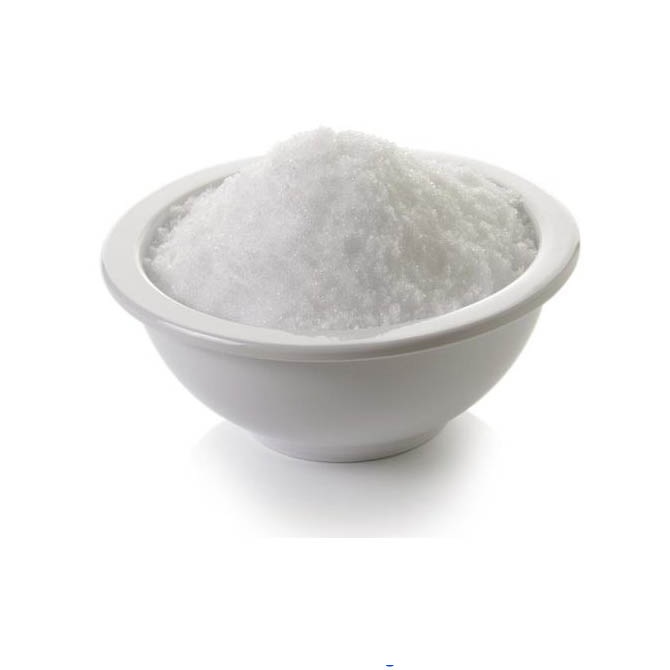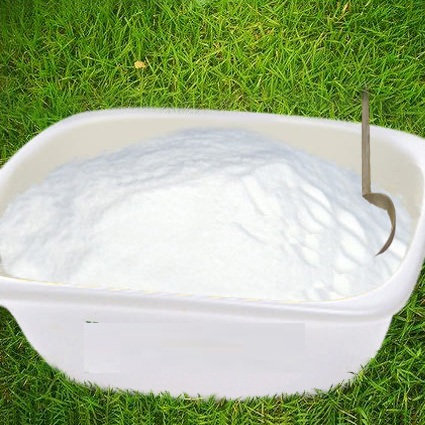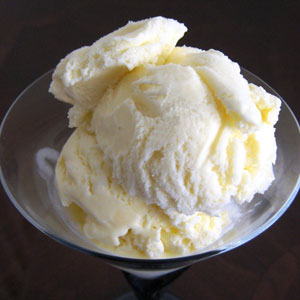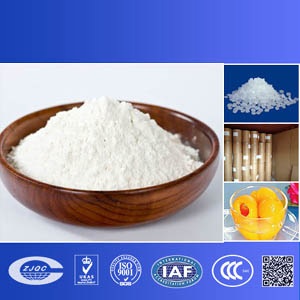Your Current Position: PRODUCTS > Nutrition enhancers
Search
Agmatine sulfate
Agmatine sulfate, is a product of decarboxylation of arginine catalyzed by L-arginine decarboxylase (L-ADC) and is a neurotransmitter that is distributed in most organs and tissues of mammals. Organ-specific, such as adrenal chromaffin cells, glial cells, and carotid body cells.
Alpha-lipoic acid
Alpha-lipoic acid as a light yellow crystalline powder, almost odorless, insoluble in water, in alcohol, chloroform, ether soluble. Alpha-lipoic acid for acute and chronic hepatitis, cirrhosis, hepatic coma, fatty liver, diabetes and other disease treatment and health effects.
Arachidonic Acid
Arachidonic Acid (AA, sometimes ARA) is a type of omega-6 fatty acid that is involved in inflammation. Like other omega-6 fatty acids, arachidonic acid is essential to your health. Omega-6 fatty acids help maintain your brain function and regulate growth. Eating a diet that has a combination of omega-6 and omega-3 fatty acids will lower your risk of developing heart disease. Arachidonic acid in particular helps regulate neuronal activity.
BCAA
Branched Chain Amino Acid, BCAAis a compose of three branched chain amino acids, know as, L-Isoleucine, L-leucine, L-Valine.
the content is: L-Leucine: L-soleucine: L-Valine:125mg = 2:1:1.
The Content for BCAA capsule (500mg)is as follow: L-Leucine: 250mg, L-soleucine:125mg, L-Valine:125mg
the content is: L-Leucine: L-soleucine: L-Valine:125mg = 2:1:1.
The Content for BCAA capsule (500mg)is as follow: L-Leucine: 250mg, L-soleucine:125mg, L-Valine:125mg
Betaine
Betaine, CAS# 107-43-7, also called betaine anhydrous, or trimethylglycine (TMG) -- is a substance that's made in the body. It's involved in liver function, cellular reproduction, and helping make carnitine. It also helps the body metabolize an amino acid called homocysteine. The US Food and Drug Administration (FDA) approved betaine to treat a genetic condition where too much homocysteine builds up in the body.
Caffeine Anhydrous
Caffeine Anhydrous white needle-like or powdery solid, odorless, from tea, coffee, fruit an alkaloid extracted, moderately eliminate the use of fatigue, the role of excitatory nerve, clinically used treatment of neurasthenia and coma recovery.
Calcium acetate anhydrous
Calcium acetate anhydrous is used to prevent high blood phosphate levels in patients who are on dialysis due to severe kidney disease. Dialysis removes some phosphate from your blood, but it is difficult to remove enough to keep your phosphate levels balanced.
Calcium acetate hydrate
Calcium acetate hydrate CAS No.114460-21-8, is a Acetic acid calcium salt hydrate. Calcium acetate hydrate is whitish in color, and can be formed to resemble a snowball. Calcium acetate hydrate was once a common starting material for the synthesis of acetone before the development of the cumene process.
Calcium acetate monohydrate
Calcium acetate monohydrate standard name is calcium acetate. Calcium acetate monohydrate can be prepared by soaking calcium carbonate. Calcium acetate monohydrate is used as a food additive, as a stabilizer, buffer and sequestrant, mainly in candy products. It also neutralizes fluoride in water
Calcium Caseinate
Calcium Caseinate white to pale yellow granular or powder, odorless, tasteless, or little specific aroma. Can be used for microbiological culture media components, health care products and pharmaceutical products, chemical and biological agents or food additives.
Calcium citrates
Calcium citrates as a white crystalline powder, odorless, slightly hygroscopic, slightly soluble in water, soluble in acid, almost insoluble in ethanol, crystal water heating gradually lose moisture as 100 ℃ , 120 ℃ when the complete water loss. E333 is a food flavor acid complexing agents, can promote fat break down, to maintain body acid-base balance.


